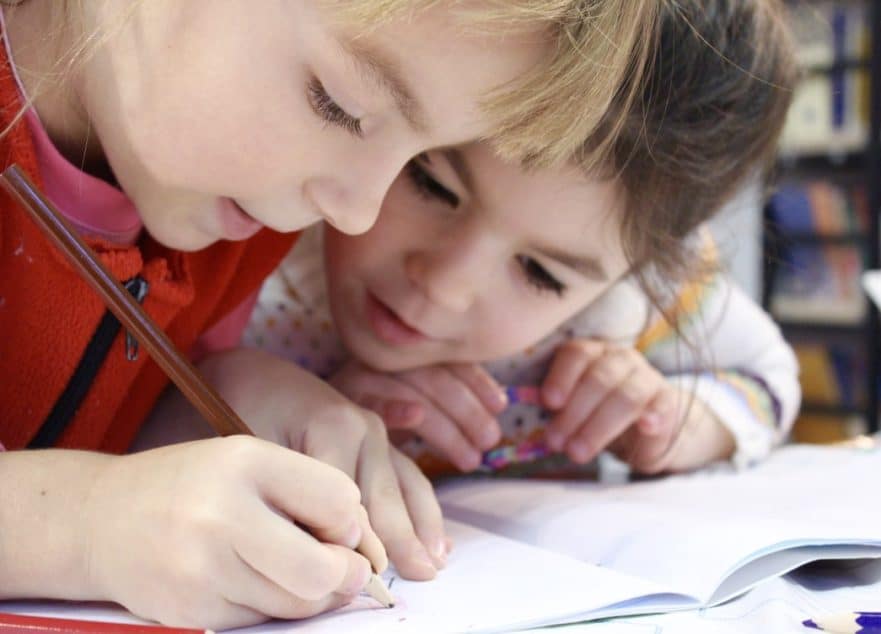Being a competent and confident problem solver is central to the mathematical development of all our learners. Math activities that enable children to explore and work from their own level of understanding, and then build on this towards new understandings is the goal.
“Problem-solving is not only a goal of learning mathematics but also a major means of doing so.” National Council of Teachers of Mathematics
************************
COOKIE DECORATING QUESTION……
Will decorated 20 cookies to take to a party.
>He lined them up and put icing on every second cookie.
>Then he put a cherry on every third cookie.
>Then, he decided to put a chocolate chip on every fourth cookie.
>So……… there was nothing on the first cookie.
How many other cookies had no decoration? Did any cookies get all three decorations?
Hmmm……how should you start to figure this out? Maybe drawing a picture of the 20 cookies might help.
The second cookie has icing on it. Which other cookies have icing ?
What cookies have a cherry on them?
What about the cookies with a chocolate chip on them? Which ones are they?
**************************
Making Shapes
This problem links shape with factors and multiples, and is a great way to introduce children to the idea of visualizing numbers – in this case as rectangles or arrays.
**************************
I have three counters. I arrange them on a grid to make a rectangle like this:

I wonder if there are any other rectangles we can make with just three counters?
If I had six counters, I could make a rectangle like this:



